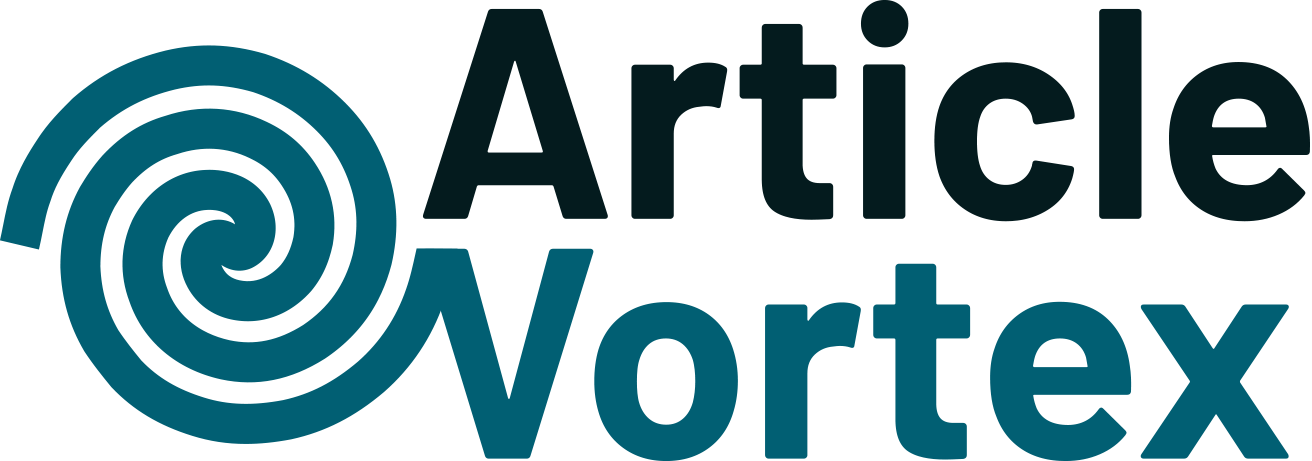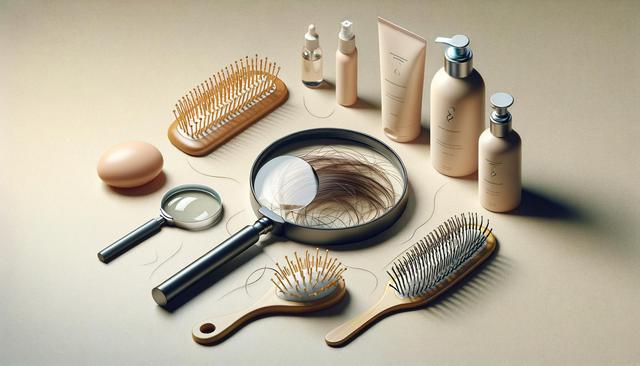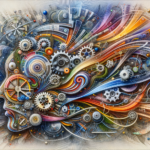What Causes Hair Loss?
Hair loss is a common concern that affects millions of people across different age groups and genders. Understanding the root causes is essential for choosing the right approach to treatment. The most frequent cause is androgenetic alopecia, often referred to as male or female pattern baldness. This condition is largely hereditary and typically progresses gradually over time. Other causes include hormonal imbalances, medical conditions like thyroid disorders, certain medications, and even stress or nutritional deficiencies.
Environmental factors and lifestyle choices also play a role. For instance, excessive use of heat styling tools, chemical hair treatments, or tight hairstyles can lead to hair breakage or traction alopecia. Identifying the specific cause of hair loss can help guide the choice of treatment and improve outcomes.
- Hereditary conditions
- Hormonal changes
- Medical conditions
- Stress and poor nutrition
- Hair care practices
Consulting with a healthcare provider or dermatologist is often the first step in determining the underlying reason for hair loss and developing an effective plan to manage it.
Non-Medical and Lifestyle-Based Treatments
Before considering medical interventions, many individuals explore non-medical approaches to manage hair loss. These methods focus on improving scalp health and enhancing hair strength through better lifestyle choices. A balanced diet rich in essential vitamins and minerals is one of the simplest yet most effective strategies. Nutrients such as iron, zinc, vitamin D, and biotin are known to support hair health.
Scalp massages, essential oils, and stress management techniques may also offer benefits. While these methods are not guaranteed to reverse hair loss, they can aid in maintaining existing hair and creating a healthier environment for new growth. Some common non-medical options include:
- Using gentle, sulfate-free shampoos
- Incorporating scalp-stimulating oils like rosemary or peppermint oil
- Practicing mindfulness or yoga to reduce stress
- Ensuring proper hydration and sleep
Integrating these practices into daily routines can be a proactive way to support overall hair and scalp wellness. They are often recommended alongside more targeted treatments for improved results.
Topical Treatments and Over-the-Counter Products
One of the most accessible forms of hair loss treatment comes in the form of topical solutions and over-the-counter products. These treatments are typically applied directly to the scalp and are designed to improve circulation, strengthen follicles, and stimulate hair growth. Many of these products include ingredients like minoxidil, which has been shown to slow hair loss and promote regrowth in some individuals.
It’s important to use these products consistently and as directed to see potential benefits. Results may take several months to become noticeable, and not everyone will respond in the same way. Common topical treatments include:
- Minoxidil-based solutions or foams
- Serums containing caffeine or peptides
- Shampoos enriched with ketoconazole or saw palmetto
- Leave-in scalp treatments with antioxidants
While these options are generally considered safe, it’s advisable to consult a healthcare provider to ensure compatibility with individual health conditions and other medications.
Prescription Medications and Clinical Treatments
For more advanced or persistent cases of hair loss, prescription medications and clinical treatments may be recommended. Finasteride is a commonly prescribed oral medication that helps reduce hair loss in men by blocking the hormone responsible for follicle shrinkage. In women, hormone-regulating treatments such as spironolactone may be prescribed under medical supervision.
In addition to oral medications, clinical procedures like platelet-rich plasma (PRP) therapy and low-level laser therapy (LLLT) are gaining traction. PRP involves injecting a concentration of the patient’s own platelets into the scalp to stimulate hair growth. LLLT utilizes red light to encourage follicular activity without causing damage to the scalp.
- Prescription oral medications tailored to specific causes
- In-office procedures like PRP or microneedling
- Laser caps or combs for at-home use
These treatments often require ongoing sessions and may come with associated costs and time commitments. However, they can offer significant benefits for individuals not responding to less intensive methods.
Hair Restoration Surgery and Cosmetic Alternatives
When non-invasive treatments do not yield the desired results, some individuals consider surgical options such as hair transplants. These procedures involve relocating hair follicles from one part of the scalp to another, typically from areas less affected by hair loss. Techniques have evolved to become more refined, with natural-looking results and minimal scarring.
However, surgery is not suitable for everyone. Factors such as the extent of hair loss, donor hair availability, and overall health must be evaluated. For those who prefer non-surgical alternatives, cosmetic solutions like hair fibers, wigs, or scalp micropigmentation can offer immediate improvements in appearance without affecting the scalp.
- Follicular Unit Extraction (FUE) and Follicular Unit Transplantation (FUT)
- Custom hairpieces or wigs
- Scalp micropigmentation for fuller-looking hair
These methods can boost confidence and provide a sense of normalcy for individuals dealing with significant hair thinning or baldness. Consultation with a qualified specialist is key to understanding the potential risks and outcomes.












